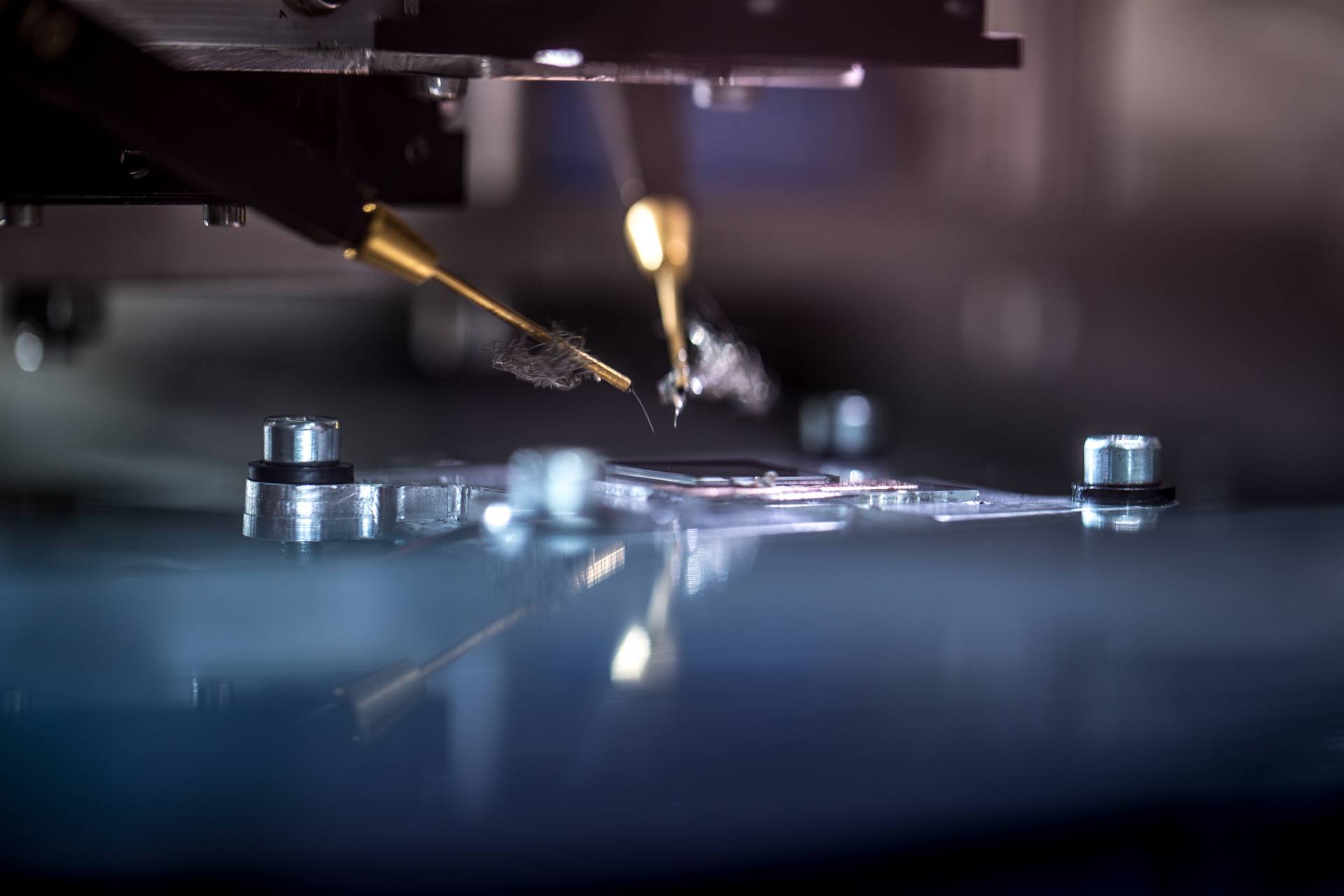The mainstay for quality: ISO standards in the lab world
ISO standards are a cornerstone in quality assurance for various types of laboratories. In particular, standards such as ISO/IEC 17025, ISO 15189, ISO/IEC 17043 and ISO/IEC 17020 is for many labsoratorios essential. Peter Kootstra from Lab-QAcademy gives us insight into this ISOstandards.
By: Dimitri Reijerman
According to Kootstra, who teaches many courses on ISO standards, almost all laboratories have ISO accreditation or are at least working on it: “Accreditation is in principle voluntary, but a large number of laboratories must comply with an accreditation standard based on legislation and regulations or at the request of the customer (such as health insurers). Most labs comply with one accreditation standard, but there are also labs that have more. This is usually a combination of inspection and laboratory. Think of environmental laboratories but also test labs that perform crash tests.”
A large number of laboratory employees – from laboratory director to analyst – are confronted with the quality requirements that arise from accreditation standards such as ISO/IEC 17025 and ISO 15189. If you are accredited, you have demonstrated your competence as a laboratory to an independent organization. “This concerns the competence of a laboratory to consistently report valid test or calibration results,” says Kootstra. “This standard applies to test laboratories, such as environmental laboratories and food laboratories. But also, for example, to test labs such as TASS, which perform tests for the automotive industry. And finally, to calibration laboratories that ensure that if you have a kilogram, it is actually a kilogram. In other words, with an accreditation for ISO/IEC 17025 you are doing good science with a good quality management system.”
The run-up to obtaining ISO/IEC 17025 accreditation is not easy: “You have to take into account that it takes at least two years to be accredited. A lab needs about a year to set up its systems, perform internal audits and do the management review. An applicant then sends all documents to the Accreditation Council.” As a laboratory, you have to take into account that setting up and maintaining the quality system will cost you at least 20% of your capacity during that period.
The Accreditation Council (RvA) will then check whether the documentation is complete, but the process is only halfway through. “This first check takes about a month,” says Kootstra. “After that, there will be a preliminary investigation. A team leader/lead assessor from the RvA will go through all the documents to check whether everything on paper complies with the accreditation standard. If a 'go' is given, an initial assessment will follow at the main location and any secondary locations of the laboratory.”
Accreditation process
External experts are called in for this accreditation process: “The initial assessment is done by a lead assessor and a number of technical assessors. This usually takes two to three days, depending on the size of the laboratory. A report is then issued about this, approximately five to six months after the application. The laboratory is then given three months to rectify any deviations and take corrective measures. This must also be assessed by the team. The final report is then assessed by the Accreditation Committee of the RvA, which in turn advises the management of the RvA. The management ultimately takes the final decision on accreditation.”
Once a company is accredited, it must be taken into account that the laboratory is inspected by the RvA every year. The ISO standard will also change; as a rule, it is assessed every five years whether a revision is necessary. "The previous 17025 standard dates from 2005," says Kootstra. It was not until 2015 that the decision was made to adjust that standard. The new version of ISO/IEC 17025 was published in November 2017. Subsequently, the transition period, internationally determined by the International Laboratory Accreditation Cooperation (ILAC), is normally 3 years, but due to the corona crisis this has now become 3.5 years. This means that all labs that are still accredited according to the 2005 version must have switched to the new standard by June 2021."
There are other important ISO standards for the lab world, such as ISO 15189 for medical labs, ISO/IEC 17043 for proficiency test organizers, ISO/IEC 17020 for inspection bodies and ISO/IEC 17034 for reference material producers. Accredited laboratories can base their methods on analytical standards such as ISO 16140 for food chain microbiology. The analytical standard is then stated on the laboratory's scope.
Revision
According to Kootstra, the ISO 15189 for medical laboratories is also currently under revision. “The expectation is that the renewed 15189 standard will be ready sometime next year. The medical laboratories will then have another three years to switch,” he says. For a number of Dutch medical laboratories that just switched from the CCKL Practical Guideline to the ISO 15189:2012 last year, this will be less pleasant news.
When developing new ISO standards for the lab world, Kootstra does see more room for manoeuvre within the strict standards: “The 17025:2005 standard was very rigid and that also completely defined the playing field. The new standard allows much more room and looks more at the process. For example, you previously had to stick a label on a calibrated pipette with the date on which it was calibrated and the date for the next calibration. The new standard only states that the calibration status must be easily visible to a lab employee. So you can arrange that yourself in completely different ways.”
Related companies

